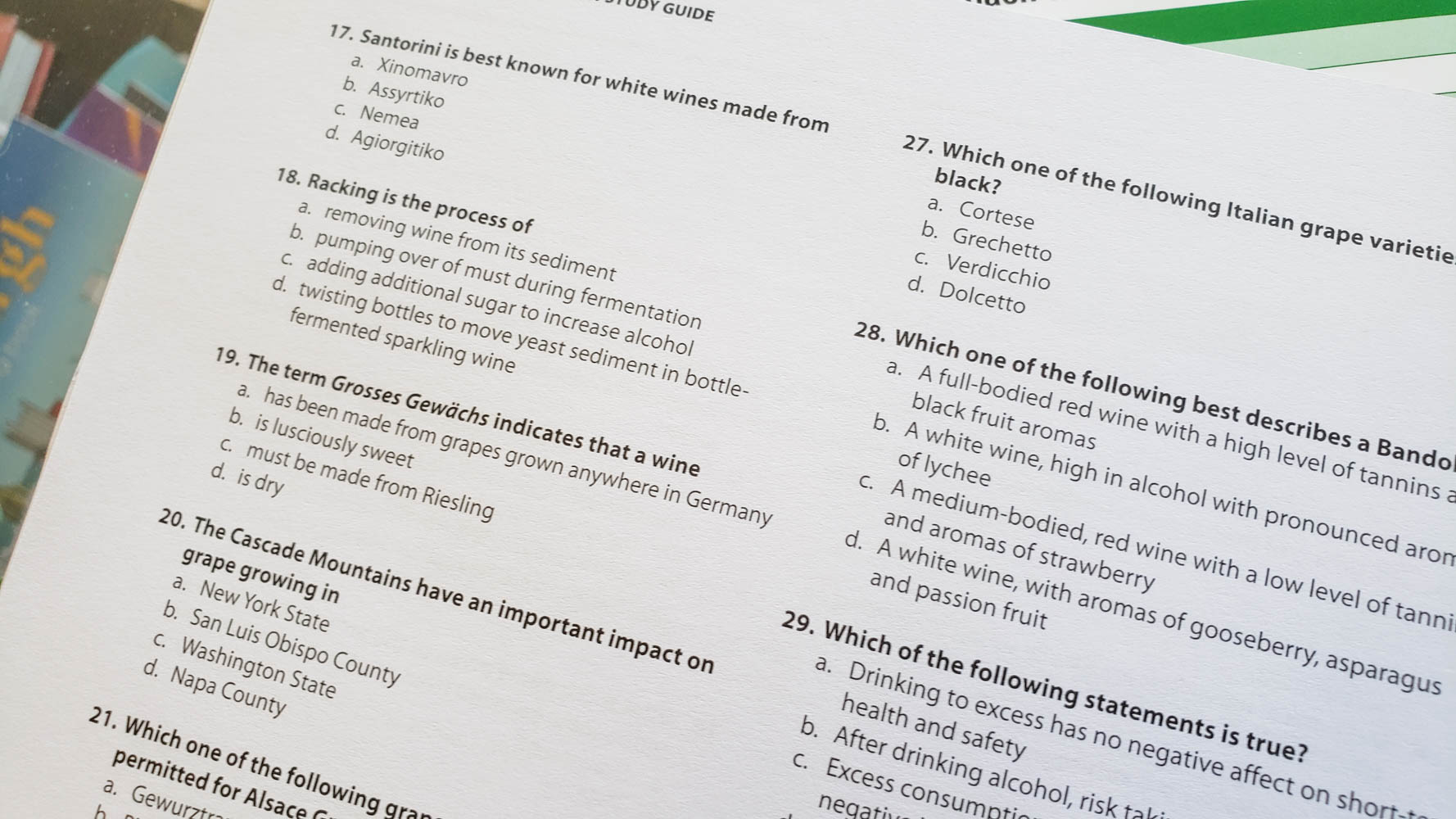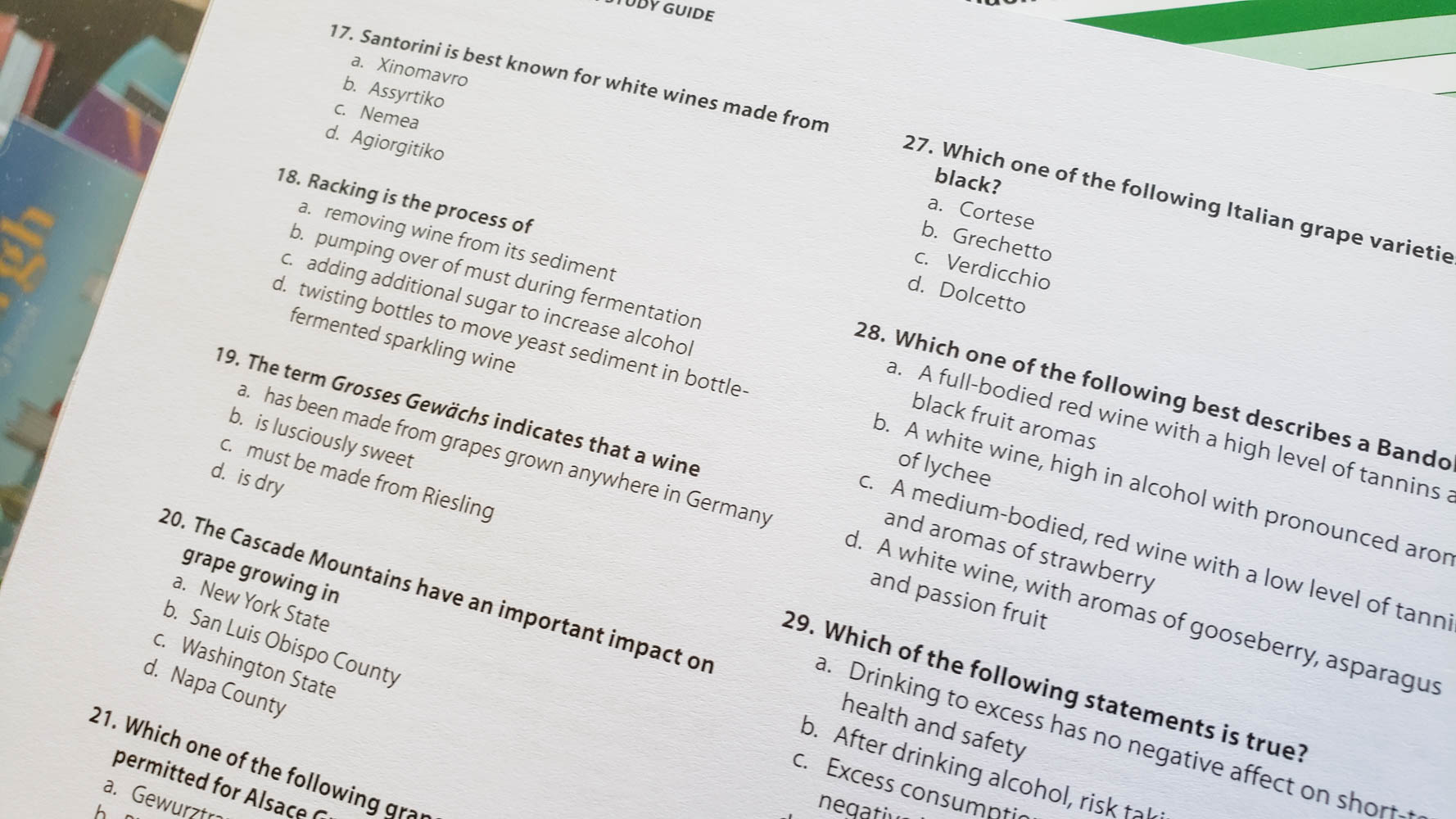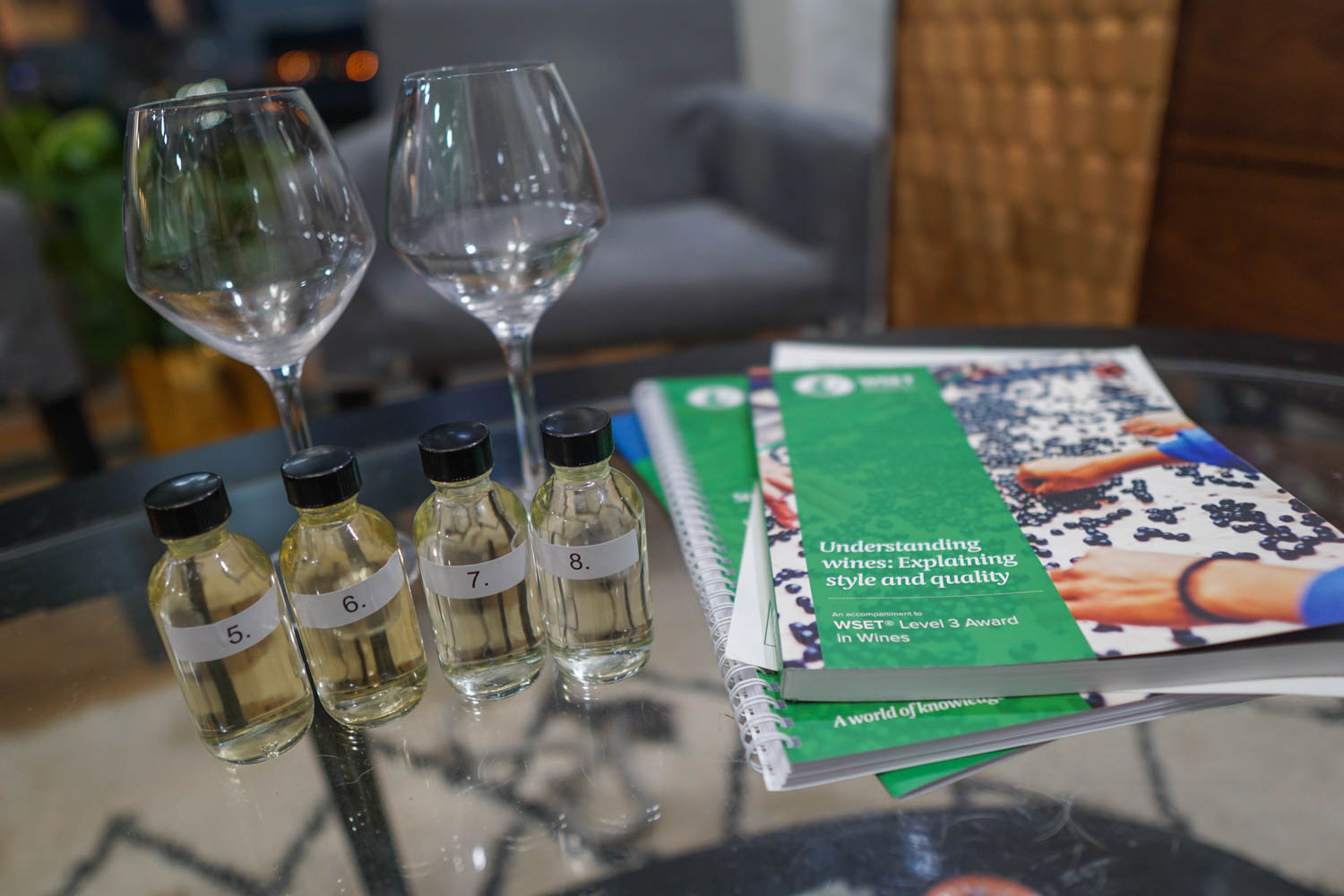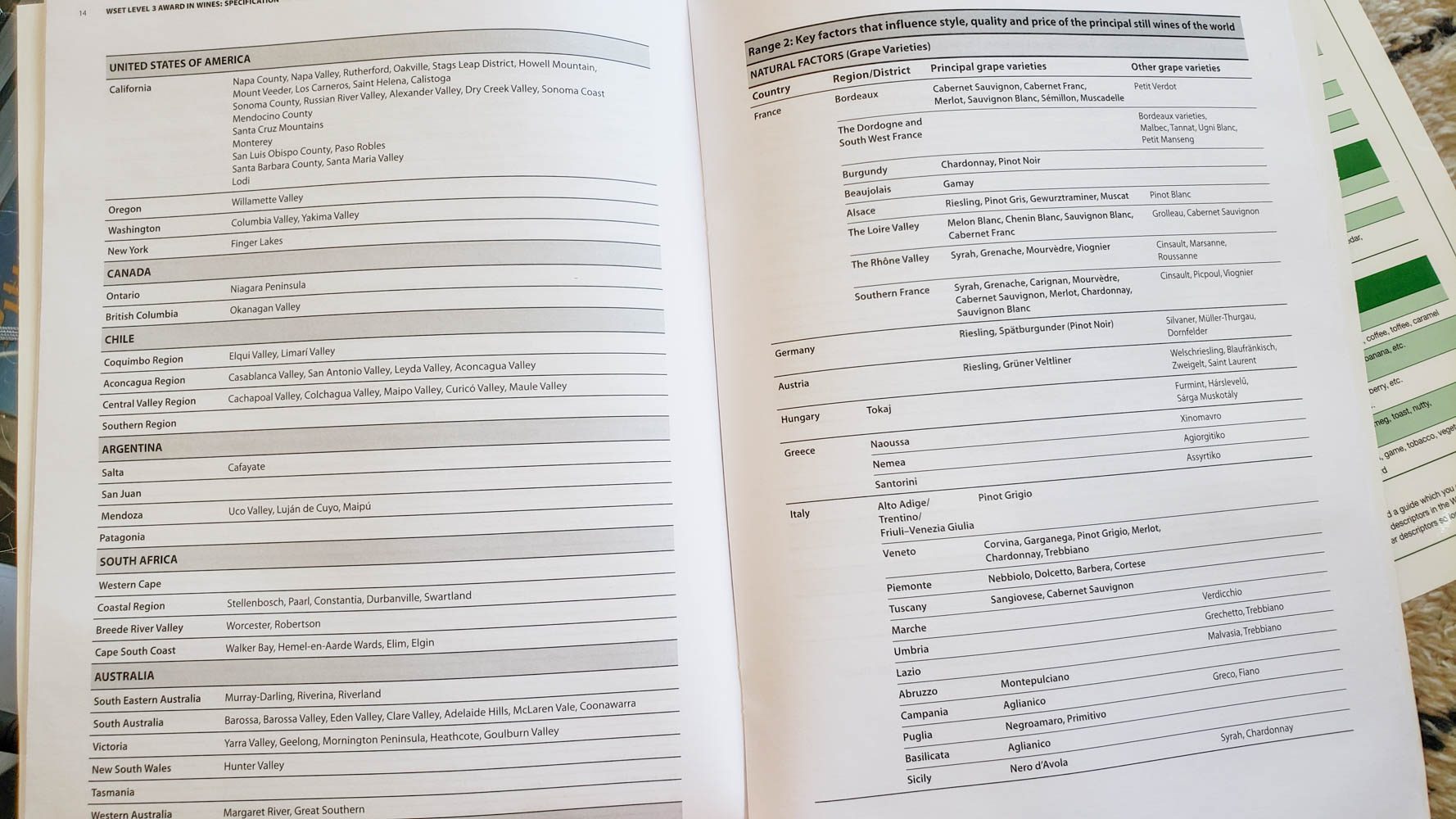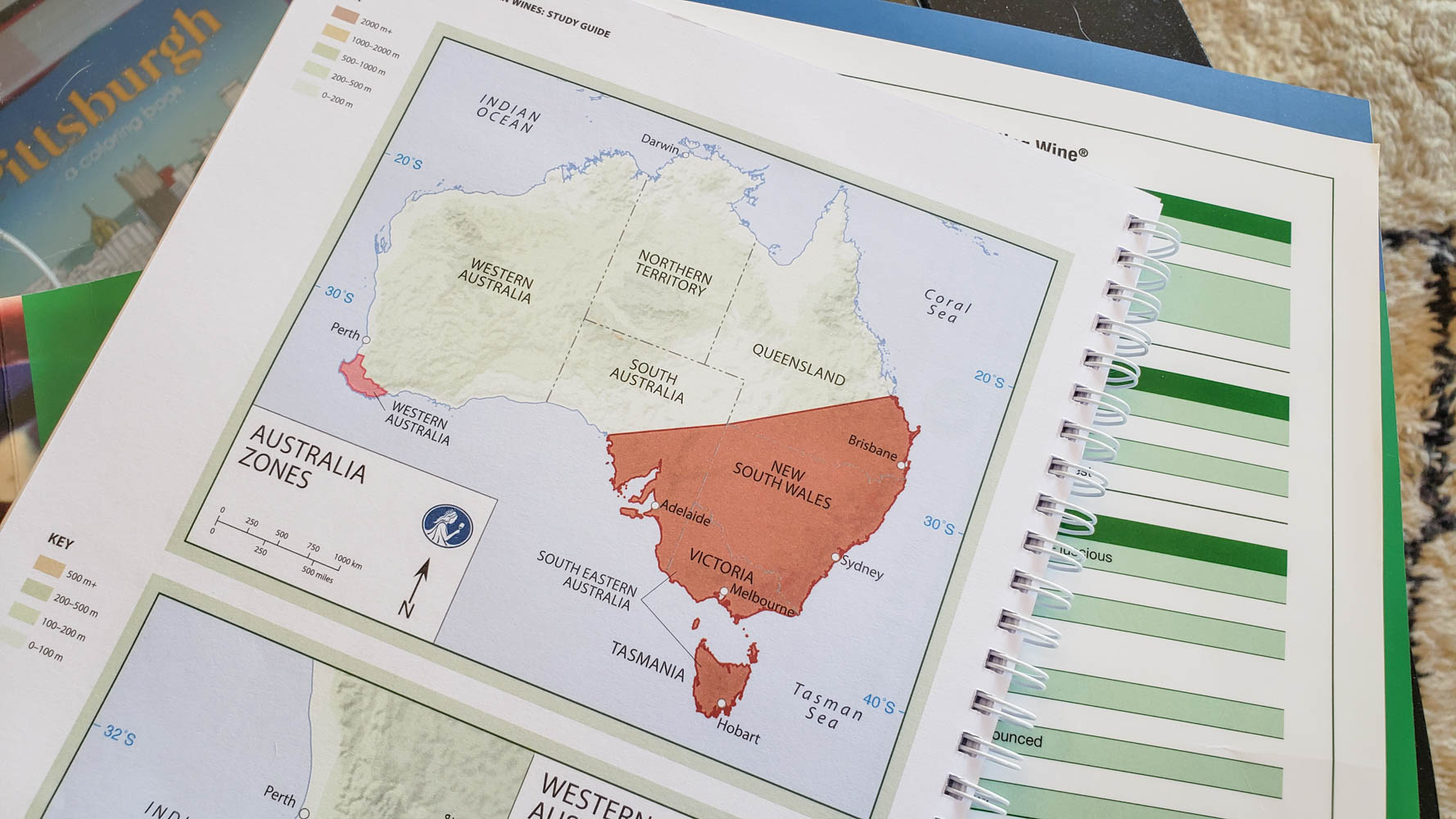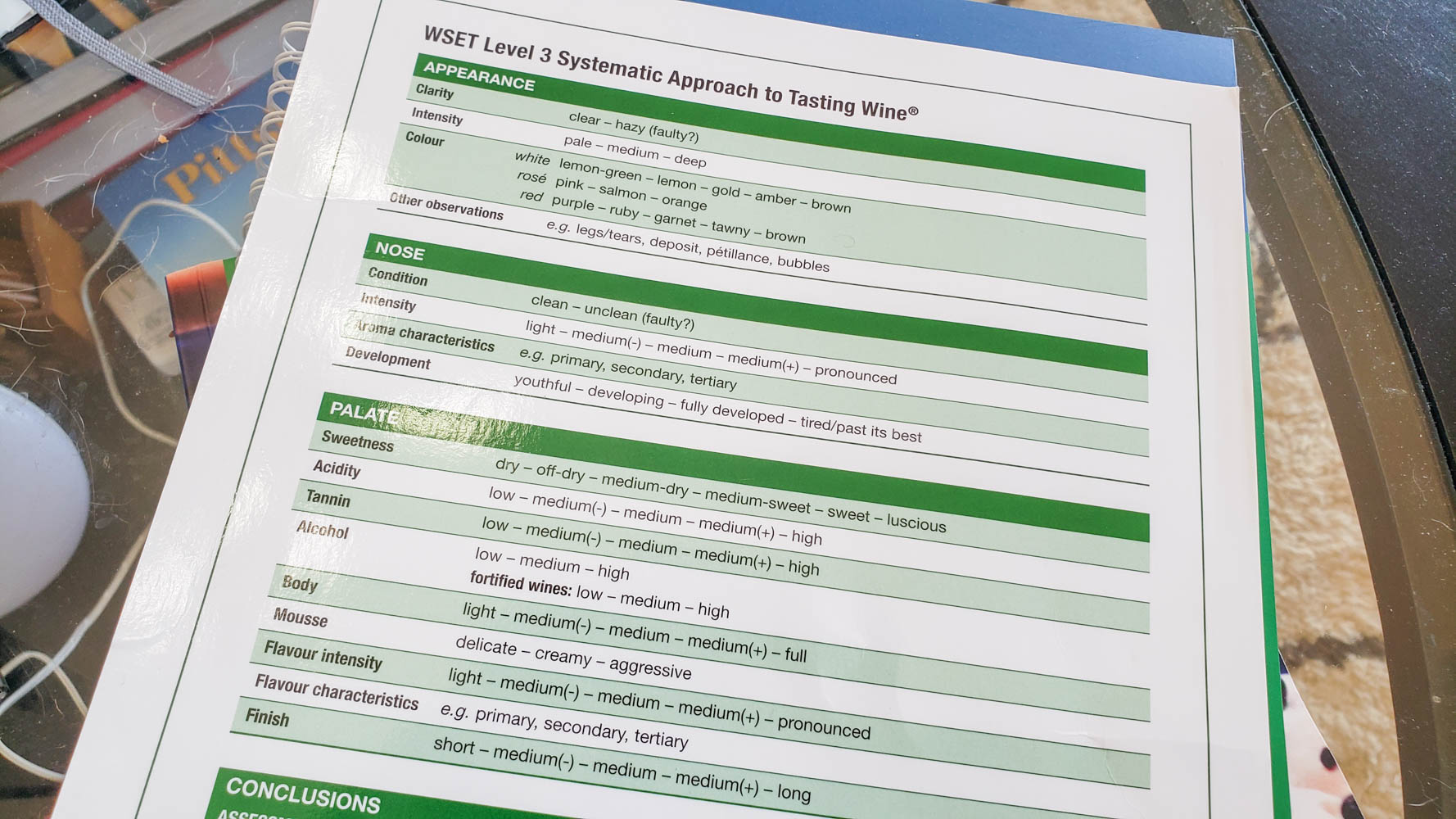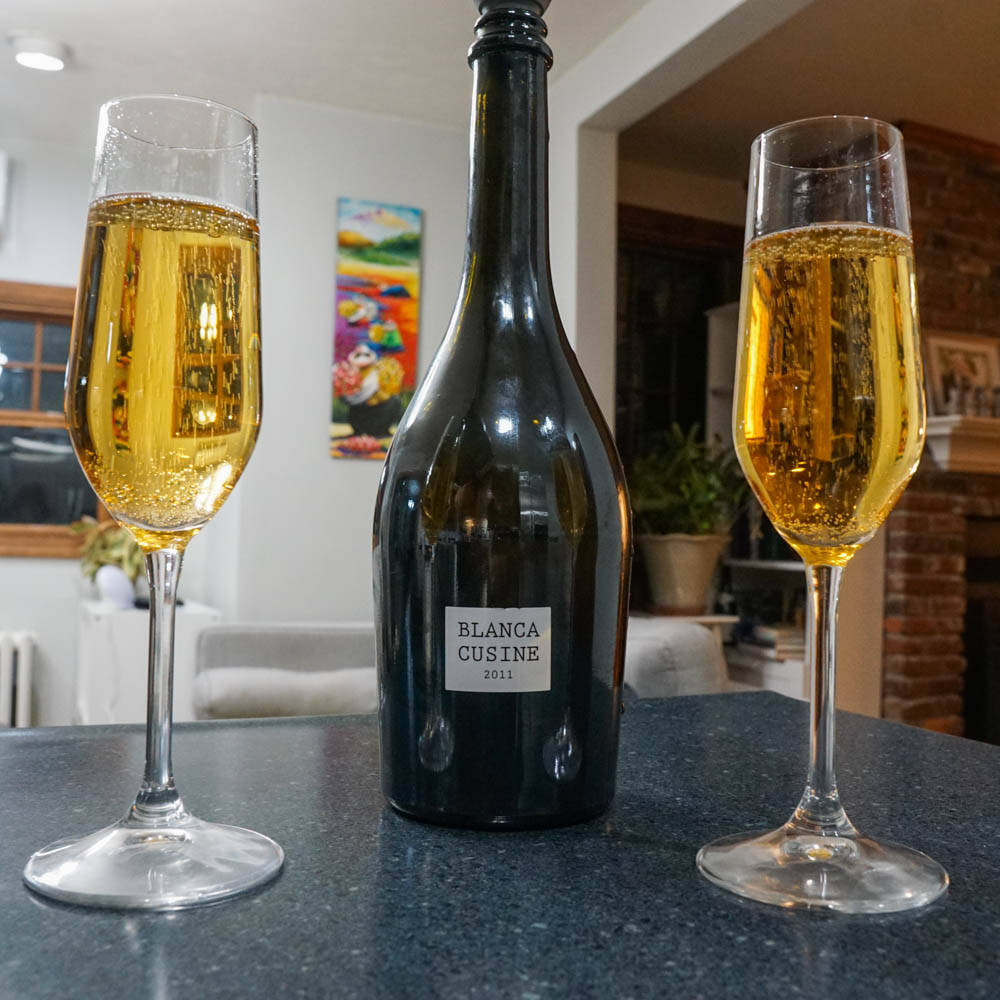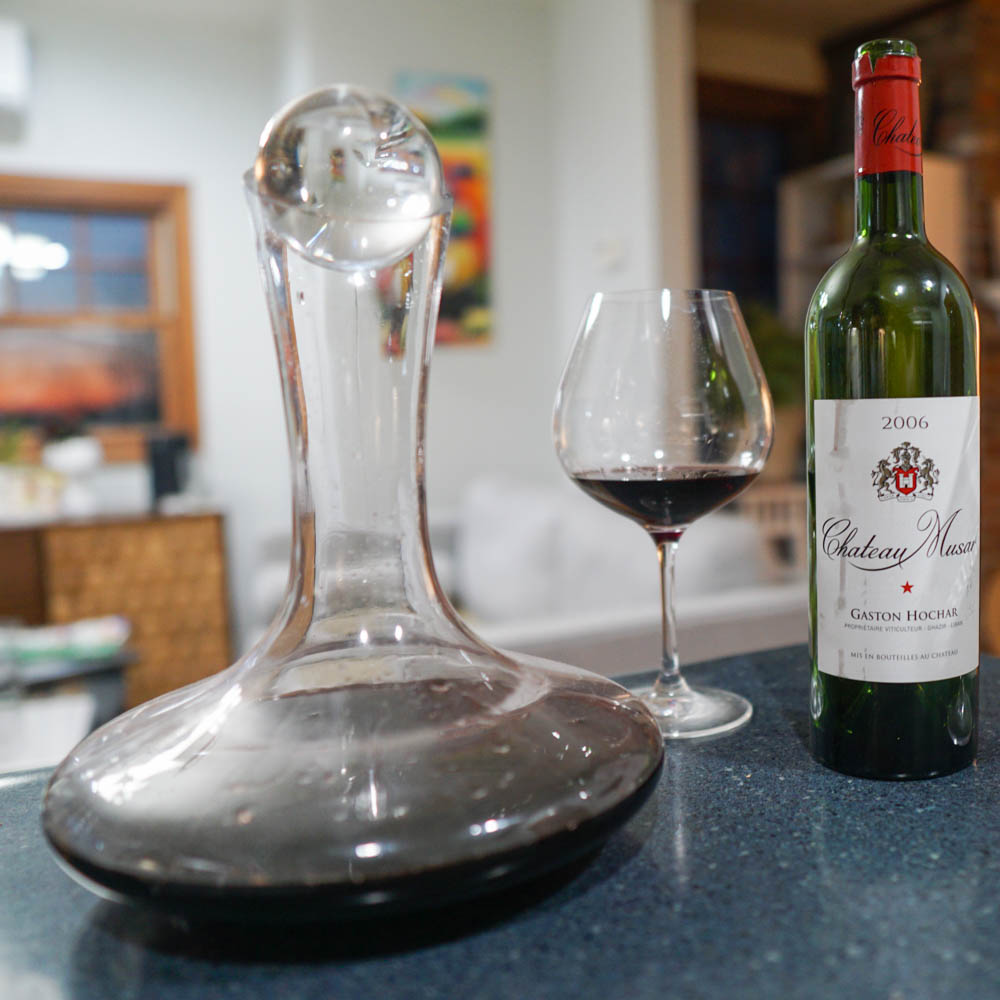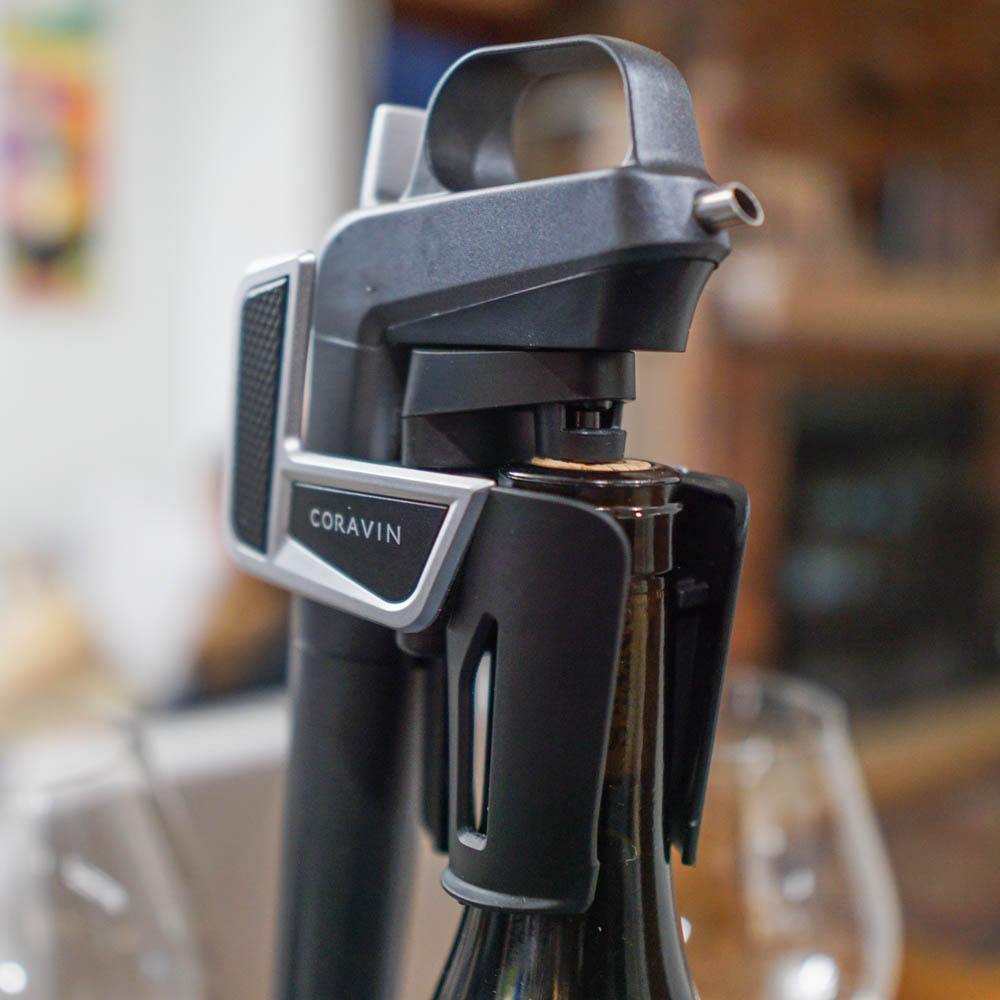Published by Jeremy.
Disclaimers: We use demographic data, email opt-ins, display advertising, and affiliate links to operate this site. Please review our Terms and Conditions for more information. This website is intended for those of legal drinking age in your jurisdiction.
When it comes to taking WSET wine courses, the fun part is learning about wine (plus tastings, naturally). But as with any good course, there is one aspect of it that most students dread- the final exam.
I know we were afraid of our WSET Level 2 exam after hearing some stories about questions on it, and I was equally afraid of my Level 3 exam for similar reasons.
But in a way, whether you are taking Level 1, 2, or 3 is a bit immaterial as the multiple-choice exam for each level follows a similar setup and logic system (although note that Level 3 has other exam components that we will discuss in separate articles). As far as the exam is concerned, the main difference between levels is simply the sheer number of topics that you may be asked about- Level 3 is more robust than Level 2 which is more involved than Level 1.
Overall, the same basic structure applies. So in this one, we wanted to share a bit more of the logic that goes into the multiple-choice WSET exams, and the best way to approach them independent of the level you are studying for.
Before jumping into things, we have a few upfront notes you need to keep in mind. First, we are not affiliated with WSET other than being students. Likewise, we skipped WSET Level 1 and do not have experience with the exact exam. Finally, we both took our Level 2 in 2020 and I took Level 3 in 2021. Testing structures and content can and does change regularly. As such, any individual concept below should be discussed with your instructor.
Note: Test material and structure can and does change over time. I took Level 2 in late 2020 and Level 3 in early 2021. I passed all theory portions with distinction.
What to Expect in the WSET Multiple Choice Exam
WSET Level 1 and 2 consists only of a multiple-choice exam, whereas Level 3 includes tasting and essay components in addition to the multiple-choice section. As such, the amount of time you have and passing percentages vary by level. For the multiple-choice exams, you have the following:
- In Level 1, you have 45 minutes to answer 30 questions and must pass with 70% or greater.
- In Level 2, you have 60 minutes to answer 50 questions and must pass with 55% or greater.
- In Level 3, you have 120 minutes to answer 50 questions* and you must pass each section with 55% or greater.
*The WSET essay exam component is also included in this time limit. It is best to assume you have 30 minutes for the multiple-choice section and 90 for the essay.
We do not want to make any implications that suggest you should change how you study for any given exam based on this outline. When it comes down to it, the multiple-choice components are all similar just that there is much more material in the higher levels (as noted at the start of this article).
That being said, the amount of time you need to study for any given exam could vary considerably. For Level 1, WSET does not have a minimum recommended number of outside hours as the entire class can be completed in a day. If you remember what you learned just hours before, you should pass with ease. For Level 2, WSET recommends 11 hours of outside study time. For Level 3, WSET recommends 54 hours at a minimum. This amounts to 0, 0.5, and 1.5 hours outside of class per hour inside of class, roughly.
We 100% agree with these figures and may even state that the Level 2 and Level 3 figures are low. You may want to push to 20 hours of outside study time for Level 2 and between 60-80 hours for Level 3 because there is simply a ton of material to digest. You won't regret studying more, but you'll certainly regret studying less.
Logic to Consider for the WSET Multiple Choice Exam
One of the most important things to discuss upfront is that WSET rarely engages in trick questions or “gotcha” answers. In fact, for many questions, some of the incorrect answers are so wrong that they don't even make sense in the context of the question insofar as you know just a little bit about the topic overall.
To elaborate, we need to give an example. A question we had in our Level 2 exam asked about what flavors you may expect from an aged white wine (I'm being vague on purpose here). Two answers were flavor profiles exclusive to red wines (e.g. cherry, blackberry, etc). Even if you knew nothing else about that specific grape, the country, or what happens when it ages, you can immediately eliminate two choices because this particular white wine would not have those flavors- ever.
In fact, we'd go as far as saying that in Level 2 the vast majority of questions had one, two, or three answers that were so wrong that they were almost irrelevant to the question (and can be crossed out without hesitation). This also occurs to some degree in Level 3, but because there is much more source material it may not be present in every question. I definitely had a few in Level 3 where I simply had no idea and had to guess outright.
From there, you can apply deductive reasoning to some questions to cross out even more incorrect answers based on the knowledge you've picked up in the course. For example, you may be asked about flavor profiles for a grape in a warm climate but an answer includes flavor profiles you'd expect from that grape in a cool climate. The question above gave context clues of location and bottle age, of which you can apply some deductive reasoning to hone in on the right answer based on what you know (or eliminate others that don't quite make sense).
In a way, finding the wrong answers is, at times, just as good as knowing the right answer outright. To quote Sherlock Holmes, “When you have eliminated the impossible, whatever remains, however improbable, must be the truth,” and that is most certainly applicable on the WSET exam. But if you have to guess, you may as well guess with a 33% or 50% chance of being right over a 25% chance. If this happens enough times, you're bound to score some extra points!
Finally, and perhaps most importantly, is that WSET only ever tests on material that is in the book. You are not expected to know anything that is not listed in the book and are highly discouraged from reading any outside wine resource when taking a course as to not get confused. That being said, when I say everything, I mean everything- from a footnote to the keys of the maps. Everything is fair game.
Preparing for the WSET Multiple Choice Exam
When it comes to preparing for this exam, a good portion really is studying. I may go as far as saying cramming, even.
But when I say cramming here, I do not mean waiting until the last moment and trying to remember as much as possible. I mean cramming via brute force throughout the entire length of the course. This means reading the chapters you're going to learn about prior to that week's class, but also re-reading all of the other chapters at the same time and repeating the process every single week.
Some people may recommend you read through the book entirely at least three times, but I think you should read as many times as there are weeks of your class. So, about eight times for an eight-week Level 2 and ten times for a ten-week Level 3. Again, you won't regret an extra couple of read-throughs if your time allows.
Next up, start taking notes and building study guides in your first week and build off of them. Much like cramming, it is easier to do this gradually over time, but also revisit your notes at least once a week to keep everything fresh. This really does help you connect the dots between all the lessons to make those logical deductions we discussed above.
A few study guides you may want to consider building include:
- Tables of each major region featuring their respective grapes.
- Tables of each grape featuring the regions they are found (inverse logic from the previous bullet).
- Lists of every major PGI/PDO and the grapes they grow per country (similar to the above, but more specific).
- You may even want to build out notes of weather and vineyard management concerns here as well.
- Tables of the grape, their acidity, tannin, skin thickness, flavors, and any other relevant information as found in the book.
Could I give you mine to make it easier for you? Yes. Will I? No. Writing all this out helps you learn.
Likewise, if you learn by notecards start building those out on day one as well. Personally, I skipped this one and used the already created cards on Brainscape. This is a premium service that runs about $10/month and has hundreds upon hundreds of WSET oriented flashcards you can study with (set a reminder to remember to cancel your subscription after). It was $20 well spent for two months as I am 100% confident it helped me get a few extra points.
Now, I know this goes against the recommendation to avoid 3rd party resources, but the Brainscape WSET flashcards have been crafted by wine professionals who have passed WSET Level 3 with Merit (at a minimum) and the cards are updated fairly regularly too. But this recommendation comes with one, big, big caveat.
As this is a 3rd party resource, which is again often highly discouraged by instructors, you must assume that some material could be outdated or perhaps even incorrect– specifically, because course content can and does change in WSET courses over time. When in doubt, if you find a question you disagree with, don't understand, or generally don't recognize at all, you should look it up in the book to verify the answer. As mentioned time and time again, the exam will be 100% based on the book text. If you are unable to make the extra effort to verify, you may want to stick to making notecards yourself.
That being said, I've had good luck with these and found them to align with the book well enough for both Level 2 and Level 3. Instead of putting my effort into writing out flashcards, I spent the time practicing on Brainscape and also re-reading the book. Your mileage may vary based on your own learning styles. Either way, please heed the warning above.
Finally, take the practice exams located in your book and test yourself on any exam-oriented questions your instructor may give you as well (photos in this article are examples from our specifications for various levels). Our instructors repeatedly told us that the book practice exams tend to be easier than the exam, but the more practice questions you test yourself with the more you'll find what you don't know. The more you realize what you struggle in, the more time you have to prepare in those categories, and the more prepared you are if a similar question showed up in front of you on exam day.
Beyond these preparation tips, we have a few more things you may want to try in order to prepare for your exams.
Study the Maps Inside and Out
So much of the world of wine is focused around geography and WSET jumps on this with the use of maps. Maps to show broad regions, maps to show where PDOs are, maps to show where the Crus are, and so on. As such, you'll do well to study them intensely.
Part of this is simply for name recognition- you may be asked questions about regions or more focused PDOs without being told the country they're in. But the other part is that the exam can and will have geography questions on it. Some could be climate, some could be city names, some could be other geographical features- if it is mentioned in the book even as a small word on the map it is fair game.
The more you study the maps, the better off you'll be recognizing questions that may be more geography-oriented including unique features like the topography, proximity to the sea or ocean, cities, rivers, and then some. So when you study try and relate these points (and their respective challenges) to regions you see on the map.
As such, don't discount the maps in your book and in the workbook. For us, in Level 2 the maps were in the back and Level 3 had their own section outright. It is also possible that your instructor has access to blank maps that they could send to you for practice as well if you like to test yourself before the exam.
Go to a Wine Store and if You Can, Shop
It probably goes without saying that drinking wine is a good way to study, but I'm going to reiterate it anyway. For me, I can easily remember that Gevrey Chambertin is a Burgundy Pinot Noir and that Pouilly-Fuisse is a Burgundy Chardonnay simply because I've tried them. I struggle with Languedoc-Roussillon and Bandol because I have not had a glass of those yet.
As you only taste four or five new wines each week in class, a great way to study is to supplement that with as much wine as you can try on your own time. I made it my mission to always try one or two new PDOs every week in the same region we are studying in class (although I do recognize this can get expensive in a hurry). Each week I'd go to the liquor store, peruse the country section for the wines we just learned, and would buy a bottle of one I recognized but couldn't immediately remember. Drinking really is a great learning tool.
No matter what you do, when tasting be sure to take notes using WSET lexicon every single time, focus on PDOs you're struggling with if you can, and if you're in Level 3 try and approach them blind if you have someone who can help you too- it'll also help for the WSET tasting exam!
This can also be accomplished to a lesser degree simply by going to a liquor store (or even Wine.com) and trying to create a mental inventory of the shelves. As these are often organized by country and PDO, this helps provide added association. For example, I now remember that St.-Julien is in Bordeaux because I recall seeing it in the Bordeaux section in a wine store. When you see a bottle here, stop and reflect on all the things you recall from that specific region- which for this one is a left bank Bordeaux and primarily Cabernet Sauvignon which does well thanks to its soil type.
Had I not seen a bottle in the store, or purchased one to try myself at home, I may not have had that extra association to allow me to remember it all. So go shop, or fake shop, and reflect on all that you see!
Work on Memorization Techniques
While you do not have to have a photographic memory to excel in WSET, you will likely have to practice some memorization techniques in order to recall all the information you learn simply because the volume of material is quite large.
In some cases, you may be able to make some wordplay to remember things. Like Chablis makes Chardonnay. Or, as a hockey fan, I'd joke that Marc-Andre Fleury likes Gamay. Why would the former Pittsburgh Penguin goalie like that one? Fleurie is a Beaujolais Cru known for Gamay, and when you say it in your head or out loud you can ignore the spelling difference.
To memorize the systematic tasting grid, which is important for all levels but is especially important for Level 3, I always remember SATABFFF respectively (I tend to expand the FFF to FI, FC, and FIN for more context). Gotta get those points!
You may also be able to come up with logic that relates new material to earlier courses. For example, most of the Crus in Burgundy introduced in our Level 3 class started with the letter V, while most of the new Crus introduced in Bordeaux started with Saint. Since I already had most of the Level 2 crus memorized outright, recognizing that the vast majority (but not all) of the new ones started with these helped me learn them faster.
The sky is the limit in the associations you can make insofar as it is something you can easily remember come test time.
Whether you use mnemonics, word association, or simply relating differences to what you learned in a prior level, these activities will most certainly make learning just a bit easier and may help you get an extra point or two to make the difference of passing to passing with merit or distinction.
When in doubt, keep the following rule in mind for your WSET exam- everything you need to know is in the book. Whatever it takes you to remember all that content is, really, all that matters. Good luck!
Have you taken WSET Level 1, 2, or 3? What did you think of the multiple-choice exam and how did you study? Comment below to share!
Upgrade Your Home Wine Bar
Need to upgrade your wine bar? Grab some new wine accessories:

